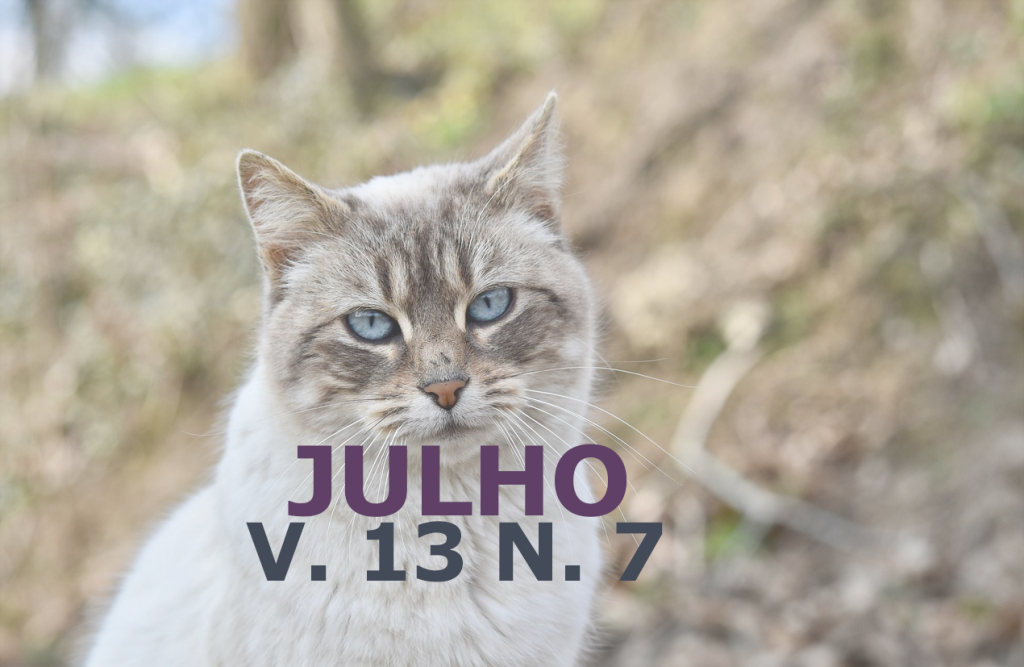Cost-effective model for cardiopulmonar ressucitation training in dogs
DOI:
https://doi.org/10.31533/pubvet.v13n7a371.1-6Keywords:
thoracic compression, teaching, endotracheal intubation, CPR, simulatorAbstract
Cardiopulmonary resuscitation (CPR) should be started promptly in a situation of cardiorespiratory arrest (CRP). The Reassessment Campaign on Veterinary Resuscitation (RECOVER) proposes clinical recommendations for the application of the procedure in dogs and cats and also recognizes the need for cognitive and psychomotor skills to perform the entire protocol in an agile and efficient manner. In this way, an ideal training should cover didactic components and practice of manual skills, with the use of discriminated models and simulators. The use of alternative methods with synthetic models is supported by the increase in concerns about animal welfare, a demand that is presented by Veterinary Medicine scholars and residents of the Veterinary Hospital of the Federal University of Paraná (UFPR). In addition to the high cost of commercially available models, the objective of this work is to present a low-cost model for training CPR in dogs. After acquisition of a plush dog, a representative structure of the internal part of the chest was elaborated with a plastic packaging of powdered chocolate filled with silicon fiber. Then, the larynx cartilages were produced in silicone rubber of medium flexibility, adhered to a corrugated trachea. The molds of the hard palate and upper and lower dental arches were made of resin, painted with acrylic paint and fixed to a modified dental articulator. For the oral mucosa and tongue it was made low viscosity silicone elastomer structures. The model allowed to perform the procedures of thoracic compression and endotracheal intubation, steps included in the CPR. The model was tested by Veterinary Medicine professionals with experience in CPR, and a good result was reported. The presented CPR model allowed the simulation of the basic support to life and, being of low cost, can be made by other educational institutions with this same purpose.
Downloads
Published
Issue
Section
License
Copyright (c) 2019 Flávia Thaysa Vieira Freitag, Isabela Mello Mazepa, Gabriela Saidel Pereira, Bruna Natali da Costa, Carolina Trochmann Cordeiro, Matheus Barbosa Gomes Cruz, Simone Tostes de Oliveira

This work is licensed under a Creative Commons Attribution 4.0 International License.
Você tem o direito de:
Compartilhar — copiar e redistribuir o material em qualquer suporte ou formato
Adaptar — remixar, transformar, e criar a partir do material para qualquer fim, mesmo que comercial.
O licenciante não pode revogar estes direitos desde que você respeite os termos da licença. De acordo com os termos seguintes:
Atribuição
— Você deve dar o crédito apropriado, prover um link para a licença e indicar se mudanças foram feitas. Você deve fazê-lo em qualquer circunstância razoável, mas de nenhuma maneira que sugira que o licenciante apoia você ou o seu uso. Sem restrições adicionais
— Você não pode aplicar termos jurídicos ou medidas de caráter tecnológico que restrinjam legalmente outros de fazerem algo que a licença permita.





